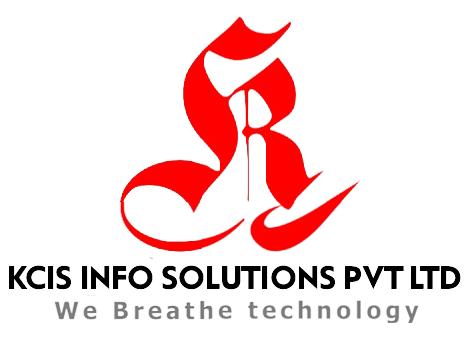AR & VR Lab Set Up
Hardware Selection
- Choose the appropriate AR and VR devices based on your objectives. Common options include:
- VR Headsets (e.g., Oculus Rift, HTC Vive, or Valve Index)
- AR Glasses (e.g., Microsoft HoloLens, Magic Leap, or ARKit-compatible devices)
- High-performance computers or workstations to support VR applications
- Motion tracking sensors and cameras
- Haptic feedback devices (optional)
- Audio equipment (headphones, microphones, and speakers)
5. Software Selection:
- Decide on the software tools and platforms you will use, including:
- VR development environments (Unity3D, Unreal Engine)
- AR development kits (ARKit, ARCore)
- Content creation software (Blender, Maya, 3ds Max)
- Operating systems and software for managing devices
- Collaboration and communication tools




Setting up an Augmented Reality (AR) and Virtual Reality (VR) lab can be an exciting and rewarding endeavor. Whether you're a researcher, educator, or developer, having a well-equipped AR and VR lab is essential. Here are the steps to set up such a lab:
Define Your Goals:
- Determine the purpose of your lab. Are you conducting research, developing applications, or providing education and training?
Budget Planning:
- Create a budget for your lab. Consider hardware, software, personnel, and ongoing operational costs.
Select a Suitable Space:
- Choose a location that provides enough space for users to move around safely. Ensure good lighting and consider privacy and noise levels.

